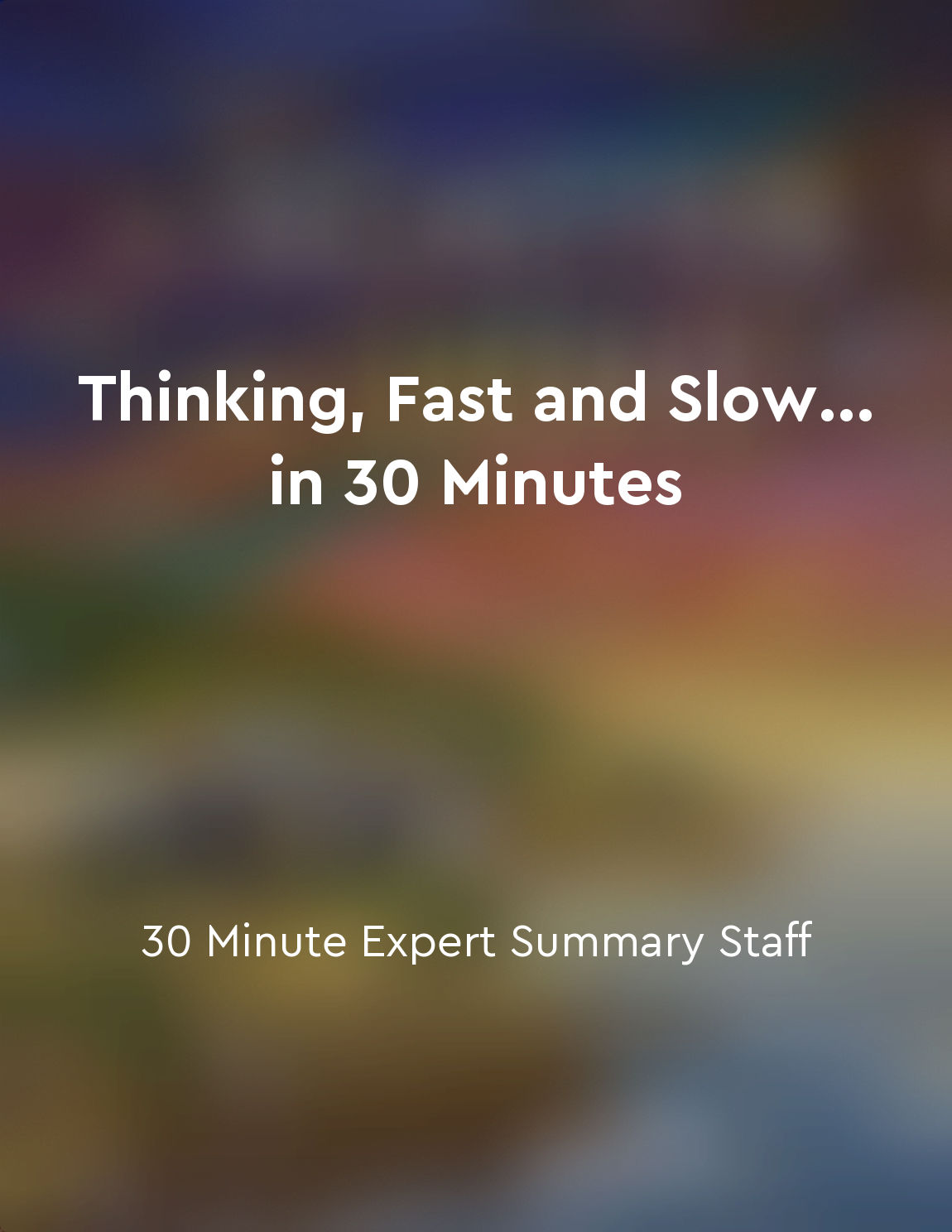Audio available in app
Framing effects influence decisions from "summary" of Thinking, Fast and Slow... in 30 Minutes by 30 Minute Expert Summary Staff
In decision-making, the way information is presented can significantly impact the choices we make. This phenomenon is known as framing effects. When information is framed in a positive light, people tend to be more risk-averse and are more likely to choose the option that is perceived as safe. On the other hand, when information is framed negatively, individuals tend to be more risk-seeking and are more willing to take chances. Framing effects can be seen in various areas of life, from financial decisions to health choices. For example, individuals are more likely to opt for a medical procedure if it is presented as having a high success rate, even if the risks are not fully disclosed. Similarly, people are more inclined to invest in a stock if it is framed as having a potential for high returns, even if the risks are significant. Moreover, framing effects can also influence how we perceive and interpret information. When information is framed positively, individuals tend to focus on the benefits and advantages of a particular option. Conversely, when information is framed negatively, people are more likely to pay attention to the potential drawbacks and risks associated with the choice.- We can strive to make decisions that are based on a more objective evaluation of the options available. Ultimately, understanding framing effects can help us make better decisions and minimize the influence of biases on our choices.


